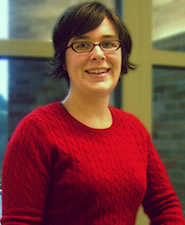Branched gold-based nanoparticles are ideal platforms for plasmon-enhanced surface spectroscopies to which the introduction of a second metal can impart multi-functionality in catalysis and chemical sensing. However, most examples of stellated nanostructures are asymmetric, with branches randomly distributed from the cores of the nanoparticles. As revealed from single particle light scattering measurements, small deviations in architecture can give rise to variable properties from one particle to the next. However, as we demonstrate in a model Au-Pd system, symmetrically branched Au/Pd nanocrystals including five-branched pentapods with D3h symmetry, 24-branched nanocrystals with Oh symmetry, 12-branched nanocrystals with Td symmetry, and eight-branched octopods and bowties with Oh and D4h symmetry can be synthesized selectively. These structures are achieved by seed-mediated co-reduction wherein the shapes of the seeds direct the number and symmetry patterns of the branches. Compositional boundaries often exist at the interfaces between the seed and overgrowth metals to provide visualization via advanced electron microscopy of the relationships between seed structure and the symmetry of branched nanocrystals. From these emerging synthetic guidelines, a route to metal dendrimers, hierarchically branched nanocrystals with three-dimensional structures analogous to molecular dendrimers, is also demonstrated.

Speaker:
Institution:
Location:

